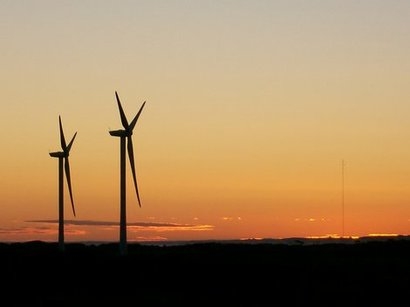
Using machine learning WindESCo will be able to compare how the performance of adjusted turbines compares to control turbines, normalising for differences in turbine location and other variables. The DNV review included a detailed look at the methodology, data selection, uncertainty quantification, and reporting requirements.
This latest iteration of WindESCo’s energy improvement analysis replaces a version approved by DNV in 2019. The updates were made to better-measure small changes in wind turbine performance and improve accuracy. The model is currently being utilised at over 20 wind farms around the world in an effort to measure improvement to annual energy production (AEP) made through WindESCo’s propriety algorithms and software solutions. The approval by DNV of its most current energy improvement analysis is an important proof point as the company seeks to scale its services.
“What sets WindESCo apart in the industry is that our analytics do more than identify problems at wind turbines and farms, by also providing solutions to fix them and subsequently measure the results” said Blair Heavey, CEO of WindESCo. “The vetting by DNV validates that our “measure” procedures are scientifically sound.” He added, “I’m extremely proud of the R&D team here at WindESCo, which possesses deep knowledge of wind science, engineering, and machine learning and has worked together to translate that knowledge to a scalable solution we can bring to our customers.”
For additional information:

